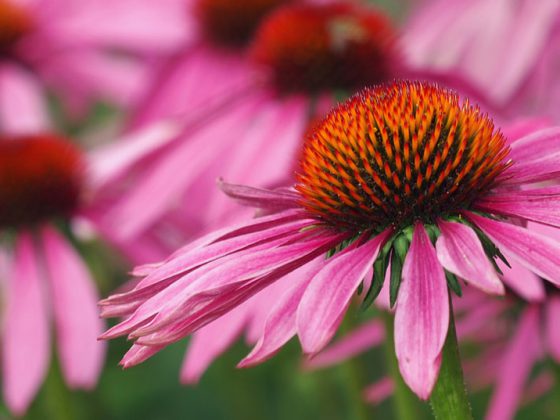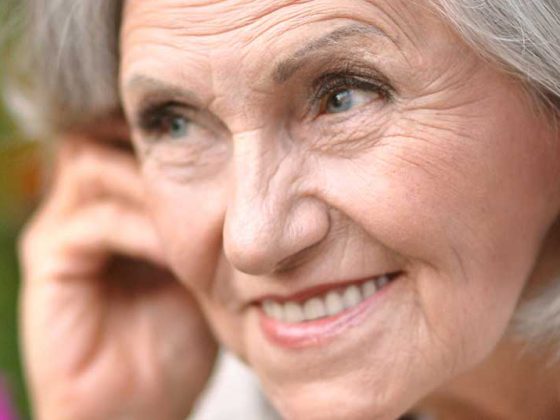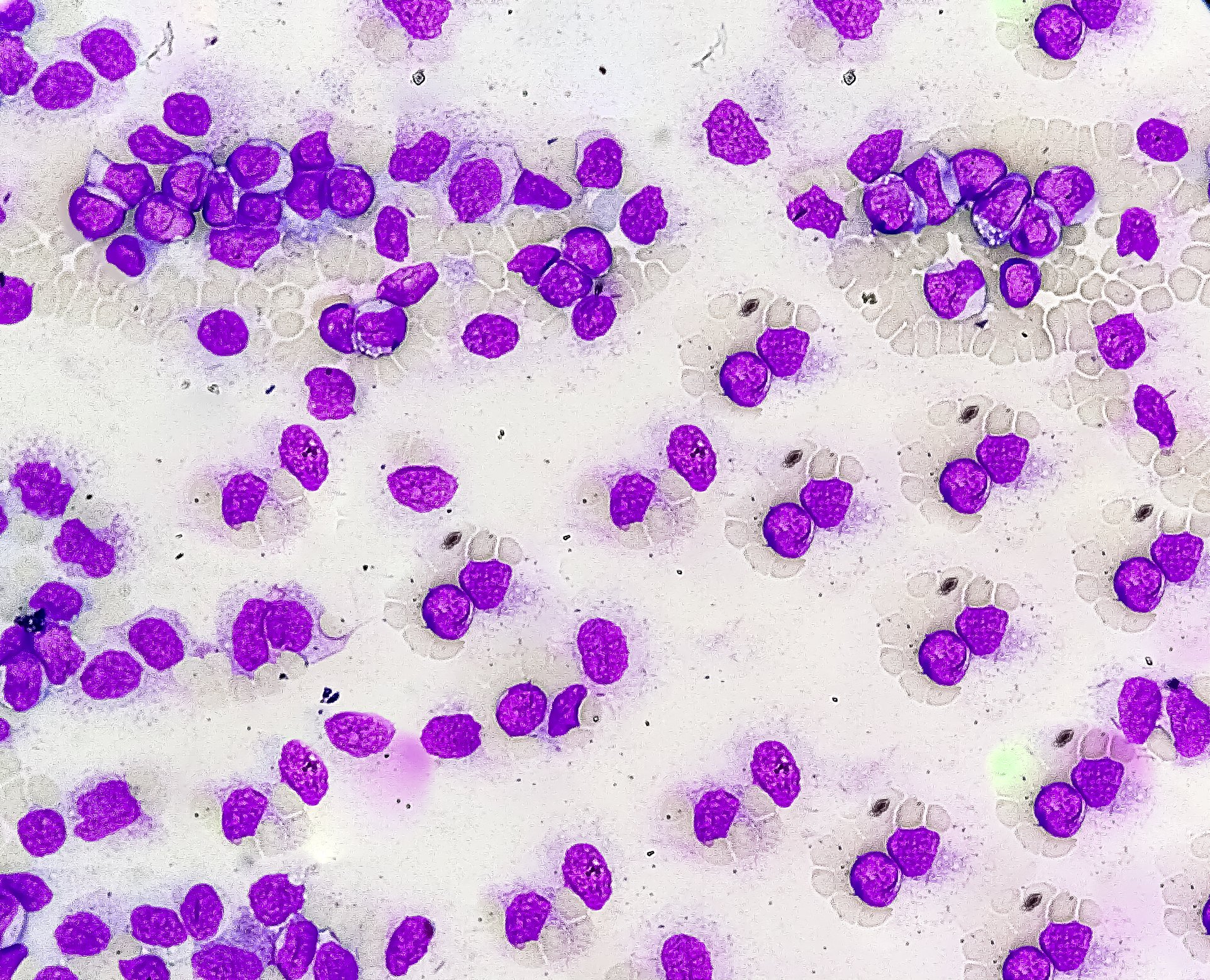There were numerous interesting developments from research in 2017. Including comparative studies on bullous pemphigoid and new guidelines on cosmetic treatments under isotretinoin. There’s also news on melanoma.
Bullous pemphigoid accounts for up to half of all autoimmune bullous dermatoses and is often associated with advanced age, certain medications, and neurologic-psychiatric disorders. For mild forms, the local therapy of choice consists of glucocorticoids, which are considered effective overall with few side effects. “Systemic glucocorticoids (prednisone 0.75 mg/kgKG) are often unavoidable in cases of large-scale infestation. Although they are effective, they have quite a few side effects in the long term,” says Prof. Mirjana Maiwald, MD, USZ. A steroid-sparing alternative in elderly and polymorbid patients is tetracyclines, the efficacy of which is controversial due to a (so far) lack of comparative studies of sufficient quality. There is now news about this.
The randomized controlled multicenter trial called BLISTER published just before the Congress (253 patients) [1] provides clarity: in the longer term, doxycycline (200 mg/d) has a better side effect profile with less severe, life-threatening side effects than prednisone (0.5 mg/kgKG). In the short term, the response to the two approaches is comparable (noninferiority of tetracyclines). Overall, prednisone is more effective. “Both drugs are cheap and available worldwide. Doxycycline 2× 100 mg/d is therefore a good alternative and has far fewer side effects in the long term,” the speaker concluded.
Aesthetic dermatology
Laurence Imhof, MD, USZ, took a closer look at the following passage from isotretinoin’s SmPC: “Due to the risk of hypertrophic scar tissue formation in atypical zones and, less frequently, postinflammatory hyper- or hypopigmentation of treated zones, aggressive chemical dermabrasion and cutaneous laser treatment must be avoided in patients during therapy with isotretinoin […] and for at least 5-6 months after the end of treatment.”
In this regard, new guidelines have recently been published [2], which evaluated the evidence on scarring associated with dermatologic surgery within six months of discontinuation of isotretinoin between 1982 and 2016. “These were predominantly cohorts and case series rather than randomized trials,” Dr. Imhof indicated. “The doses were between 10 and 80 mg/d. It remained unclear whether higher doses were associated with higher risk than lower doses. Thus, the results cannot be generalized, even to other vitamin A derivatives.”
The American Society for Dermatologic Surgery task force concludes the following:
- Evidence is insufficient to delay certain cosmetic treatments such as superficial chemical peels or laser therapies such as hair removal lasers, vascular and ablative/non-ablative fractional lasers in patients currently or recently taking isotretinoin (recommendation evidence level: B).
- Superficial and focal manual dermabrasion is also likely safe in skilled clinical hands-the current literature shows no association with increased risk of scarring or delayed wound healing during or up to six months after isotretinoin (level of evidence for recommendation: B).
- Furthermore, full-face or mechanical dermabrasion with rotating devices are not recommended (B) and ablative non-fractionated laser treatments for the complete face or other regions. (C). Insufficient data exist on medium or deep chemical peels, so no recommendation is possible. (D).
“Speaking of hair removal with lasers, there have been some interesting findings on this recently as well,” she said. “It has been shown [3] that such procedures are associated with high exposure to ultrafine particles (UFP) for the dermatologist.” Here, the UFP concentration depends on several determinants:
- Particle concentration is significantly higher in the treatment room than in the waiting area (in the former it is at the level of a metropolitan area like Boston)
- Body area, laser type, cooling lotion, and treatment duration play the largest role or are the most important predictors
- A smoke evacuator 30.5 cm away does result in UFP reduction, but not statistically significantly (p=0.498).
“Lastly, a finding about nevus flammeus (‘port-wine stain,’ PWS), which can be highly stigmatizing for affected individuals,” Dr. Imhof explained. The gold standard and well known is the pulsed dye laser (PDL), which is often used to achieve lightening. However, some PWS are resistant to this treatment. A small study [4] has now shown that the combination with radiofrequency (in one device) can improve the outcome and is a promising future method for “recalcitrant” PWS.
Allergology
Bee and wasp venom allergy is common and is responsible for about one-tenth of all anaphylactic reactions. Laboratory standard is the detection of specific IgE (in bees Api m 1, in wasps Ves v 1 and v 5). While this covers over 95% of all wasp venom allergy sufferers, this is only true for 58-80% of all bee venom allergy sufferers. Martin Glatz, MD, USZ, went into more detail on this topic. In principle, there are many bee venom allergens, from Api m 1 to m 12. The determination of IgE against additional allergens increases the sensitivity and specificity of the tests. Api m 3 and m 10 together with Api m 1 have a sensitivity of 87.5% and are also sensitive in patients with double sensitization (bee and wasp) and in those who do not know for sure which insect stung them. Sensitization to Api m 10 is also a predictor of poorer response to desensitization [5].
Now, however, Api m 10 is only present in small amounts in the standard extract for desensitization. Since about nine months the detection of IgE against additional bee venom allergens is commercially possible. If these IgE are detected, this has implications for the use of the allergen extract.
The incidence of allergic rhinoconjunctivitis (RCA) is increasing. Topical intranasal therapy is the first line of RCA treatment [6]. Advantages are the application of the active ingredients directly to the nasal mucosa and the reduction of potential systemic side effects. While the prescription calls for daily use during allergen exposure, patients then often take the sprays only when needed. And this they can apparently continue to do, at least as far as intranasal steroids are concerned, because: As-needed use is not inferior to daily use here [7]. This would save costs and steroids.
It should also be noted that the combination of fluticasone with azelastine in a spray is superior to the previous formulations with the respective individual active ingredients [8].
Oncodermatology
The study by Eggermont and colleagues [9] showed that ipilimumab at a dose of 10 mg/kg adjuvant to high-risk stage III melanoma resulted in significantly higher rates of recurrence-free, distant metastasis-free, and overall survival compared with placebo. PD Dr. med. Simone Goldinger, USZ, gave the audience an up-to-date overview of the study situation. The significantly increased toxicity continues to be a topic of discussion, as do the cost and approval issues. One question that was addressed at ASCO 2017 and elsewhere is: do we really need a dosage of 10 mg/kg? Finally, this is a higher dose than one is used to from the metastatic stage. Preliminary results from a phase III trial by Tarhini et al. [10] conclude that after a median follow-up of three years, dosing 3 mg/kg vs. 10 mg/kg was no worse in an unplanned analysis of relapse-free survival (56% vs. 54%). Currently, the combination of nivolumab and ipilimumab is also being investigated in the adjuvant setting. The study in question, called CheckMate 915, has just started and aims to compare nivolumab 240 mg Q2W and ipilimumab 1 mg/kg Q6W with single-agent therapies (nivolumab 480 mg Q4W and ipilimumab 10 mg/kg Q3W, respectively). So it remains exciting.
Source: 7th Zurich Dermatology Training Days, June 14-16, 2017, Zurich.
Literature:
- Williams HC, et al: Doxycycline versus prednisolone as an initial treatment strategy for bullous pemphigoid: a pragmatic, non-inferiority, randomised controlled trial. Lancet 2017; 389(10079): 1630-1638.
- Waldman A, et al: ASDS Guidelines Task Force: Consensus Recommendations Regarding the Safety of Lasers, Dermabrasion, Chemical Peels, Energy Devices, and Skin Surgery During and After Isotretinoin Use. Dermatol Surg 2017. DOI: 10.1097/DSS.00000000001166 [Epub ahead of print].
- Eshleman EJ, et al: Occupational exposures and determinants of ultrafine particle concentrations during laser hair removal procedures. Environ Health 2017; 16(1): 30.
- Bae YC, et al: Treatment of recalcitrant port-wine stains (PWS) using a combined pulsed dye laser (PDL) and radiofrequency (RF) energy device. J Am Acad Dermatol 2017; 76(2): 321-326.
- Frick M, et al: Predominant Api m 10 sensitization as risk factor for treatment failure in honey bee venom immunotherapy. J Allergy Clin Immunol 2016; 138(6): 1663-1671.e9.
- Berger WE, Meltzer EO: Intranasal spray medications for maintenance therapy of allergic rhinitis. Am J Rhinol Allergy 2015; 29(4): 273-282.
- Wartna JB, et al: Symptomatic treatment of pollen-related allergic rhinoconjunctivitis in children: randomized controlled trial. Allergy 2017; 72(4): 636-644.
- Prenner BM: A review of the clinical efficacy and safety of MP-AzeFlu, a novel intranasal formulation of azelastine hydrochloride and fluticasone propionate, in clinical studies conducted during different allergy seasons in the US. J Asthma Allergy 2016; 9: 135-143.
- Eggermont AM, et al: Prolonged Survival in Stage III Melanoma with Ipilimumab Adjuvant Therapy. N Engl J Med 2016; 375(19): 1845-1855.
- Tarhini AA, et al: A phase III randomized study of adjuvant ipilimumab (3 or 10 mg/kg) versus high-dose interferon alfa-2b for resected high-risk melanoma (U.S. Intergroup E1609): Preliminary safety and efficacy of the ipilimumab arms. J Clin Oncol 2017; 35(suppl; abstr 9500).
DERMATOLOGIE PRAXIS 2017; 27(4): 50-52











